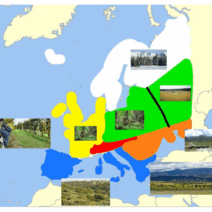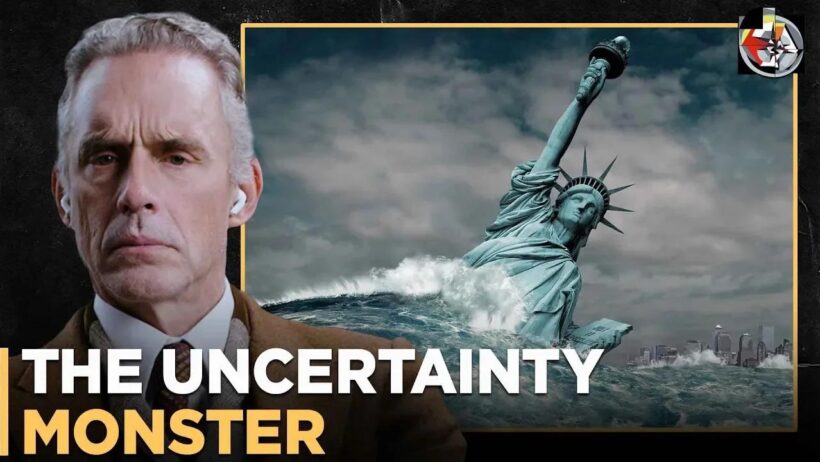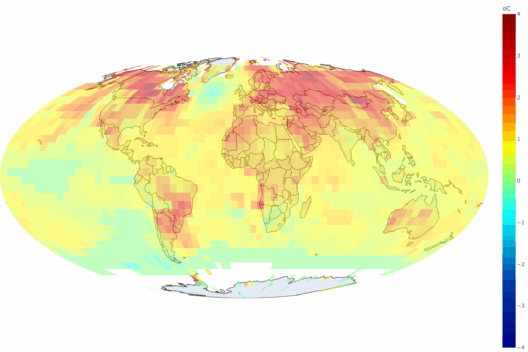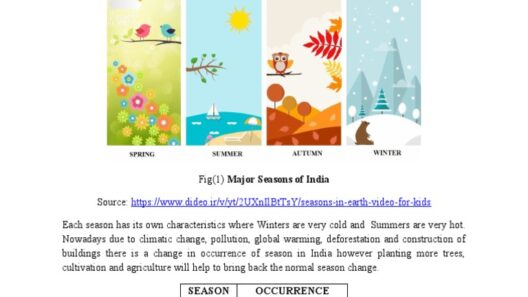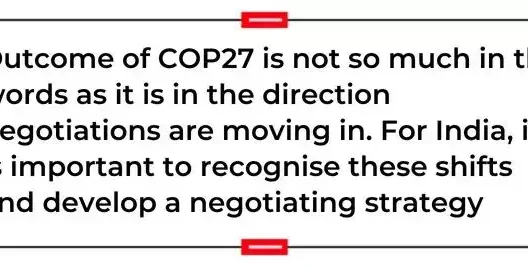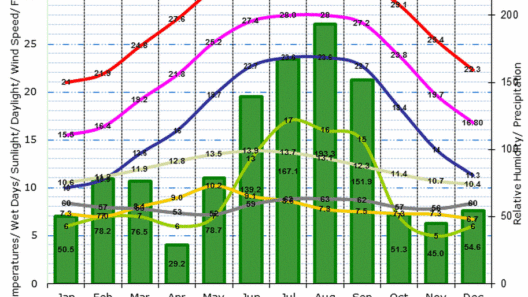Climate change remains one of the most contentious and polarizing topics in contemporary discourse. Opinions range from unequivocal acceptance of anthropogenic climate change to skepticism regarding mainstream narratives. One of the most prominent figures in this debate is Dr. Judith Curry, a climatologist who has garnered attention for her contrarian views. So, what does Dr. Curry say about climate change, and could her perspectives offer a different lens through which to view an increasingly urgent issue?
To appreciate Dr. Curry’s viewpoints, it’s essential to understand her background and expertise. She holds qualifications in meteorology, with a focus on climate dynamics and has been a chair of the School of Earth and Atmospheric Sciences at the Georgia Institute of Technology. Her credentials lend credibility to her assertions, but they also create a spotlight under which she faces scrutiny from both sides of the climate debate.
Dr. Curry does not dismiss climate change; instead, she draws attention to the complexities and uncertainties inherent in climate science. One of her primary contentions is that the climate system is profoundly intricate, composed of myriad interactions between the atmosphere, oceans, and terrestrial systems. This intricacy complicates the ability to predict future climate states accurately. Have you ever pondered how many variables interact within our climate? Now that we recognize the multifaceted nature of climate, should we question our ability to predict its changes with high certainty?
Furthermore, Dr. Curry emphasizes the variability in climate change models. She has pointed out that many predictive models exhibit substantial discrepancies. These models, often heralded as authoritative, can fail to encapsulate the socio-economic and ecological factors that influence climate evolution. While mainstream science tends to focus on average increases in global temperatures, Dr. Curry advocates for a diversified approach that examines localized impacts and variability. Her assertion prompts a question: How can we create comprehensive climate policies when the very models guiding them might not reflect reality in nuanced ways?
Another facet of Dr. Curry’s argument is her critique of the overemphasis placed on carbon dioxide as a singular driver of climate change. While acknowledging the greenhouse effect associated with CO2 emissions, she also highlights the significant role of other factors, such as natural climate oscillations, solar radiation, and ocean currents. By underscoring these diverse influences, she invites a fresh consideration of what actions may genuinely mitigate climate risk. Are we oversimplifying a multifarious problem by fixating predominantly on carbon emissions?
Moreover, Dr. Curry raises questions regarding the socio-political dimensions of climate policy. In her commentary, she has expressed concern about the politicization of climate science, suggesting that advocacy for particular viewpoints may eclipse objective discussion. This invites a critical examination of how policy is informed by science and the potential consequences of aligning scientific inquiry too closely with political agendas. How do we ensure that scientific integrity is maintained in policy-making without succumbing to the influence of prevailing political ideologies?
A primary challenge she poses to climate activists and policymakers is the issue of adaptation versus mitigation. Many advocates emphasize the importance of reducing carbon emissions immediately. In contrast, Dr. Curry underscores the necessity of adapting to climate impacts that are already inevitable. This perspective champions resilience over reaction. One could ask: Is our focus overly fixated on prevention at the expense of developing robust strategies to adapt to an already changing world?
Dr. Curry’s willingness to question prevailing dogmas invites a broader dialogue on how society approaches environmental challenges. Her approach promotes the idea of fostering an environment conducive to open, critical discussions about climate science, rather than stifling dissent. This perspective is particularly relevant in a time when polarization seems to hinder collective action on climate issues. Could a willingness to entertain contrarian viewpoints help bridge some of the divides that currently plague climate discussions?
In addition, she stresses the importance of considering economic factors in the dialogue around climate change. By addressing the socio-economic implications of climate policies, Dr. Curry advocates for a balanced approach that does not sacrifice economic vitality at the altar of environmental protection. This notion challenges the dichotomy often presented between environmentalism and economic growth. It raises the question: How can we redefine progress to encompass sustainable practices that also stimulate economic development?
Ultimately, Dr. Judith Curry’s contrarian views contribute significantly to the climate discourse, offering a nuanced framework that incorporates complexity, variability, and regional considerations. While her perspectives may spark discomfort among those committed to the prevailing narrative of climate urgency, they also present an opportunity for broader contemplation. In a contentious environment where adhering to established narratives can prove more comfortable, Curry’s stance challenges all stakeholders. How might embracing a spectrum of viewpoints, including contrarian ones, advance our understanding and responsiveness to climate change?
In conclusion, the dialogue surrounding climate change benefits from diverse perspectives, including those of skeptics like Dr. Judith Curry. By addressing her multifaceted critique—ranging from model variability to socio-political influences—stakeholders can cultivate a more informed discourse. Acknowledging the intricacies of climate systems, resisting oversimplification, and fostering economic inclusivity are all vital steps toward crafting effective policies that recognize the complexity of our environmental challenges. In this ever-evolving field, the invitation to question, explore, and engage is paramount.
